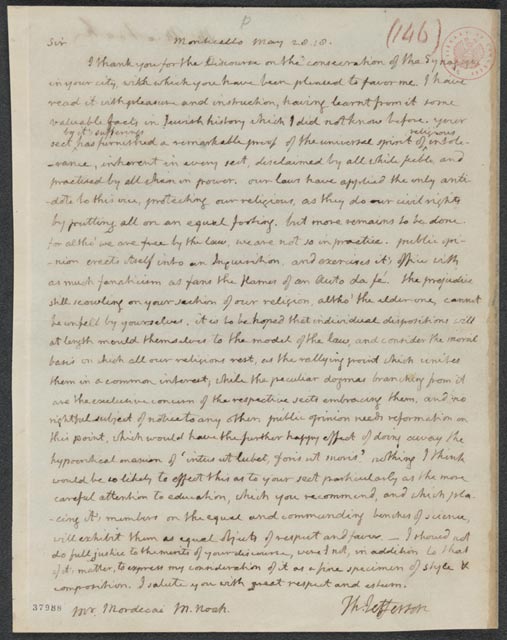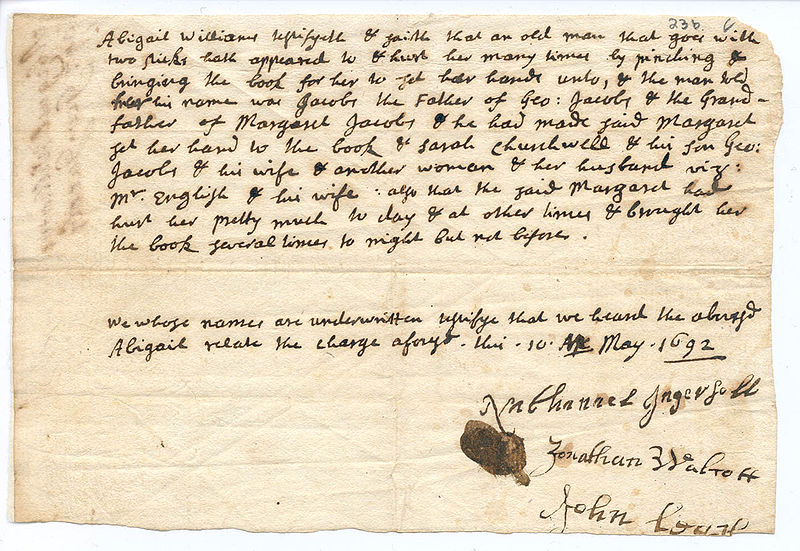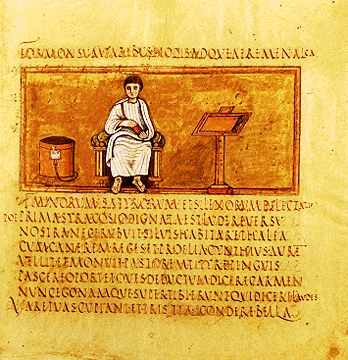So you have some handwritten manuscripts, but you're not sure where to get started because they are difficult to read? Look no further!
Some of the reasons that handwriting may prove a stumbling block to those working on transcription projects include:
- Archaic hands
- Unknown abbreviations
- Documents that are multilingual or in an unknown language
- Lack of familiarity with older record types
- Scientific, legal, or other professional lingo
- Inexperience with transcription in theory and practice
- Good old illegibility
None of these need be a barrier to the would-be transcriber, thanks to the many resources that now exist for making sense of handwritten documents, both in classic books on the subject and now online. Here we will summarize some of the best published sources to help you get started on that project you've been putting off.
Strictly speaking, paleography (or palaeography in British English) is the study of historical handwriting. As a field, it encompasses not only deciphering writing but also manuscript dating and understanding the context of document creation. As you transcribe your handwritten documents you are engaging in the work of paleography. The field is vast, encompassing the entire history of handwritten documents, so not all of the resources discussed below will apply to your particular needs. This post is intended for amateurs and newbies who are trying to read old handwriting, including those working on grassroots archival transcription projects, genealogists, amateur historians, independent scholars, students, and others.
Starting with the most layman-friendly guides dealing with the types of paleographic training that will be instructive for American family and local historians and moving to the classics of a more academic bent that deal with older manuscripts, here is our list of recommended titles for getting started reading handwriting. A bibliography and links to purchase each book are provided at the end.

Kip Sperry's Reading Early American Handwriting is a great, user-friendly introduction to the topic, focusing on 18th and 19th century American document types, hands, and transcription strategies. The first half of the book is descriptive in nature; chapters are included on common abbreviations and contractions from this period, numbers and dates, and common records terminology. The book's second half consists of nearly two hundred facsimiles of a wide variety of representative documents and handwriting styles, illustrating useful points and providing the reader with an opportunity to practice what he or she has learned. Sperry also includes an extensive bibliography of printed resources on both American and British paleography, reading manuscripts, using archives, and other related topics. The only drawbacks of this excellent introductory guide both stem from its age: published in 1998, it includes a now quaintly outdated appendix of mostly defunct Internet resources and a section on CD-ROMs. However, it is still a fantastic starting point for the new or intermediate researcher.
Note another Sperry title that may be of potential interest: Abbreviations & Acronyms: A Guide for Family Historians (2000). At 200 pages, this handy, alphabetized glossary provides explanations for thousands of common abbreviations, acronyms, and other seemingly obscure manuscript conventions and makes a nice companion to Reading Early American Handwriting.
Harriet Stryker-Rodda, in her 2002 book, Understanding Colonial Handwriting focuses more narrowly on the 17th and 18th century handwriting of the North American British colonies. At only 26 pages, this slim volume provides a basic but fairly comprehensive set of strategies for deciphering the relevant common hands. With a focus on letter forms, it highlights commonalities and differences between English and colonial documents. Stryker-Rodda's background as a genealogist heavily informs her work, and the book is a nice mix of facsimile examples and textual exposition, including a brief history of manuscript technologies of the colonial era.

For a more in-depth introduction largely concerned with English paleography, Hilary Marshall's 2004 classic, Palaeography for Family and Local Historians, is a must-read. At just over 200 pages, this title is an exhaustive but accessible manual for anyone engaging with English manuscripts from the 15th through the 18th century. Marshall adeptly covers: an introduction to transcription; common differences in medieval versus classical Latin; abbreviations, acronyms, and symbols; and scripts and letter forms, with a section devoted to derivations of each individual letter, with examples. Following this are 51 plates: facsimiles of all manner of manuscript documents, from charters to personal correspondence, to family trees--each with a commentary including a full transcript, a translation (where relevant) and notes on each document's specific challenges. Finally, this book also includes an excellent bibliography organized by topic, Latin and Anglo-Norman glossaries, and an index including references to instances of individual letters.
Also worth a mention here is Reading Tudor and Stuart Handwriting, by Lionel Lionel, Steve Hobbs, and Alan Crosby (2002), another very slim volume at only 48 pages. Nevertheless, this book is geared toward the beginner and concentrates on English language documents of the 16th through 18th centuries. With instructive introductory material plus sixteen plates featuring a diverse selection of document types and scripts, chosen to illustrate commonly encountered letter forms and other conventions, it provides a solid introduction to a very specific period.
The unsurpassed authority on the medieval English period remains M.B. Parkes' 1969 instant classic Early English Book Hands, 1250-1500. After a brief but fascinating history of the development of English book hands and explanatory notes on paleographic terminology, the book delves straight into a presentation of 48 plates: black-and-white facsimiles of representative scripts, sourced mainly from the collections of the University of Oxford, primarily the holdings of the Bodleian. Alongside each plate Parkes provides brief textual notes, a short commentary on the hand being illustrated, and a transcription (variously in Latin, Anglo-Norman French, Middle or Early Modern English). This book also contains a tightly focused bibliography of titles published between 1892 and 1969 (or, in the 1979 second edition, through 1978).

Michelle Brown's A Guide to Western Historical Scripts from Antiquity to 1600 (1990) is another high-quality but approachable introductory text. After a brief explanation of terms and subject-organized bibliography, Brown delves right into a series of 52 chronological plates demonstrating the major European book hands from Roman Antiquity to the late Renaissance. Each script is introduced systematically and its context explained, with each prototypical plate then described individually in a couple of paragraphs and placed within context both paleographically and geographically. Brown also includes notes on provenance, letter forms, and decoration, as well as a transcription (not translated into English). Brown also helpfully includes indices organized by both script and manuscript, as well as a list of published reproductions of the included manuscripts.

Finally, the most densely academic but also the most fascinating recommendation: Bernhard Bischoff's Latin Palaeography: Antiquity and the Middle Ages (1979, translated 1990). Though more than 250 pages long in paperback and the authority on its subject, this book is nevertheless accessible to the beginner and chock-full of information that will prove useful to anyone transcribing Latin script. Bischoff presents an authoritative--and compellingly written--history of writing in Latin from early Christian papyrus to the highly refined book arts of Italian Renaissance humanism, touching on diverse topics such as the history of Western writing tools, forgeries, and musical notation along the way. Like the other books recommended herein, this one contains numerous facsimile letter form examples and illustrative plates coupled with transcriptions, as well as a near-overwhelming bibliography and set of indices. Though the most "advanced" title in this list, Latin Palaeography is also recommended for those new to paleography, research, dating, and transcription, owing to the breadth of its scope and the quality of the writing.

